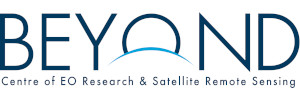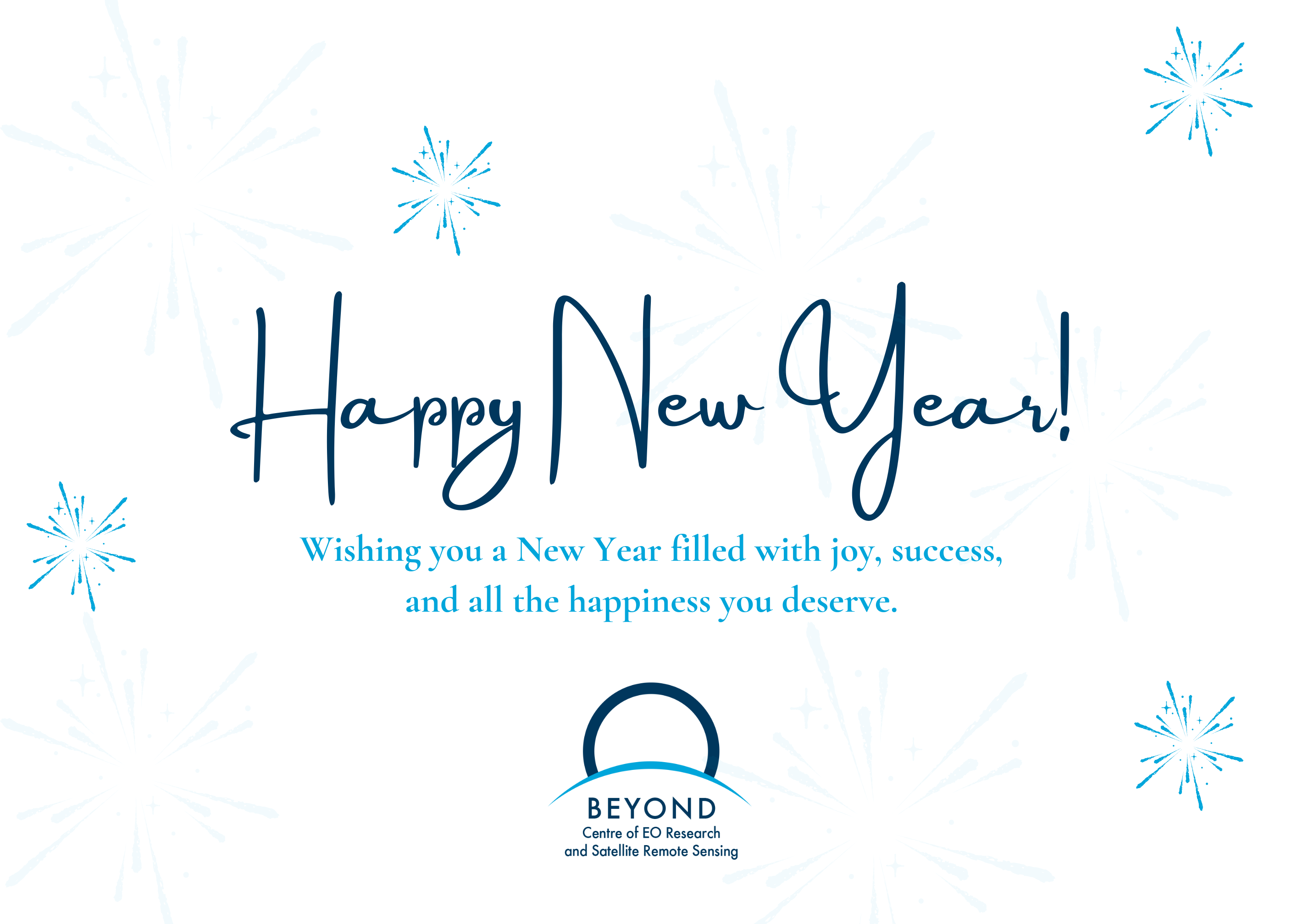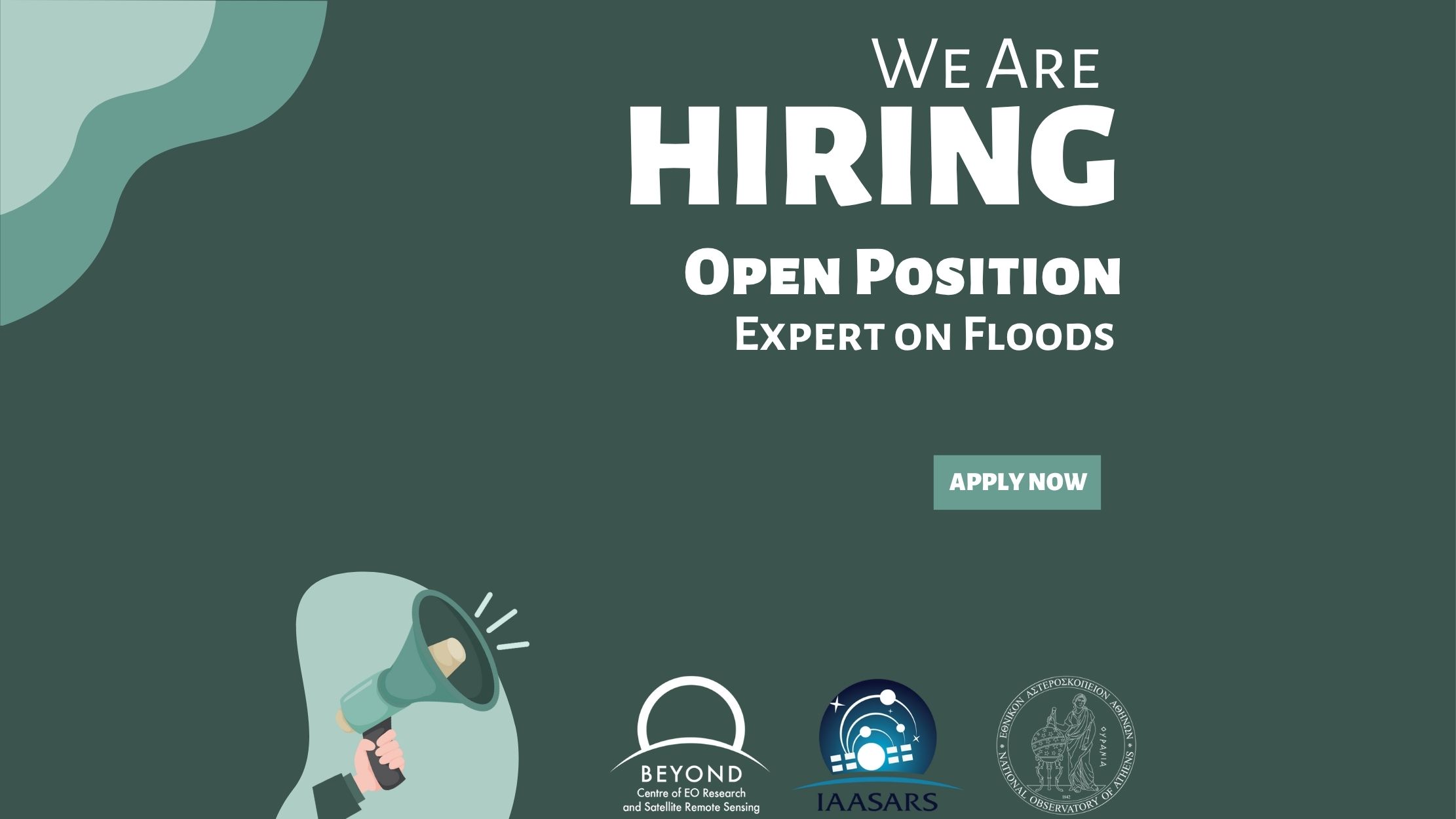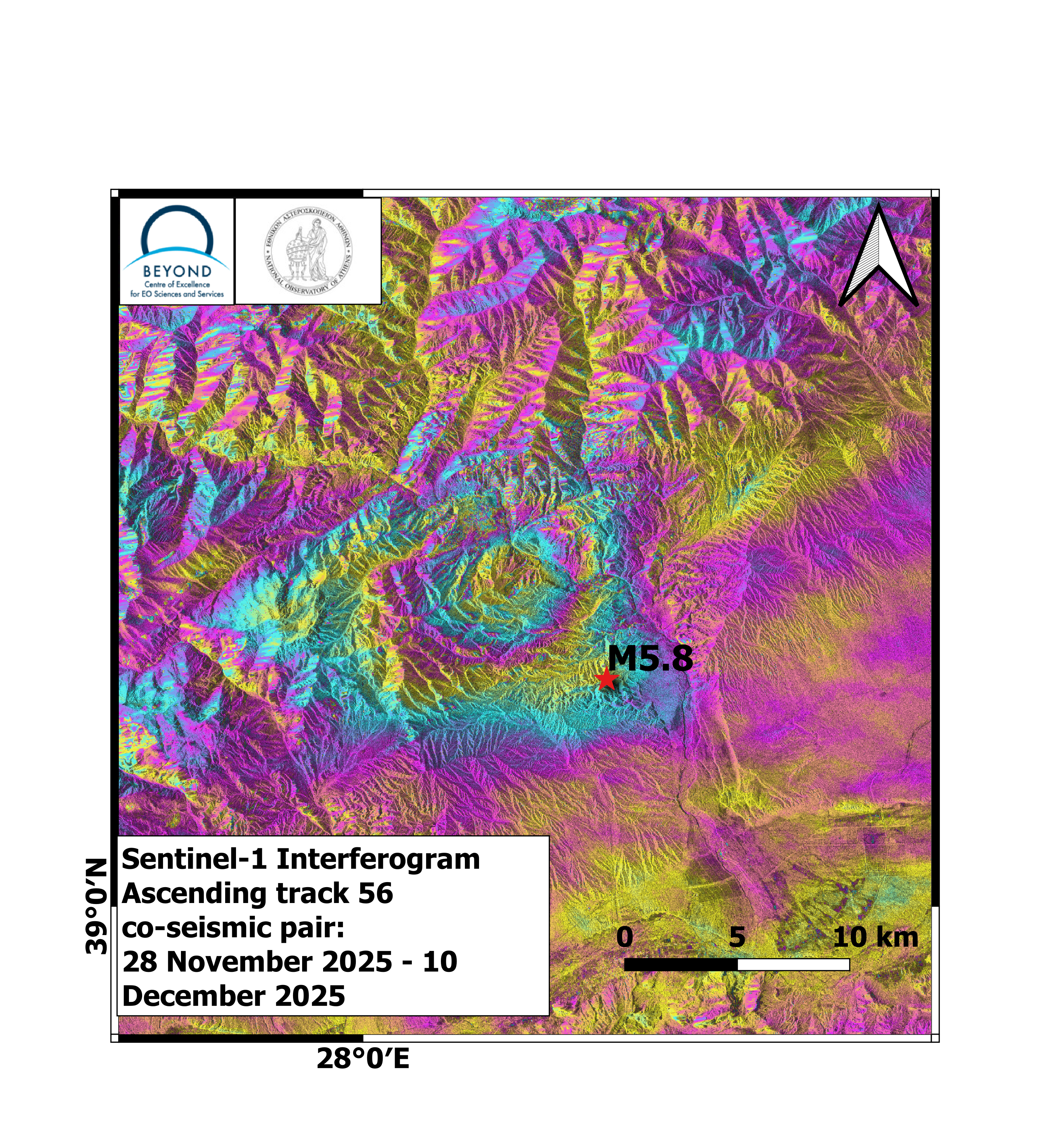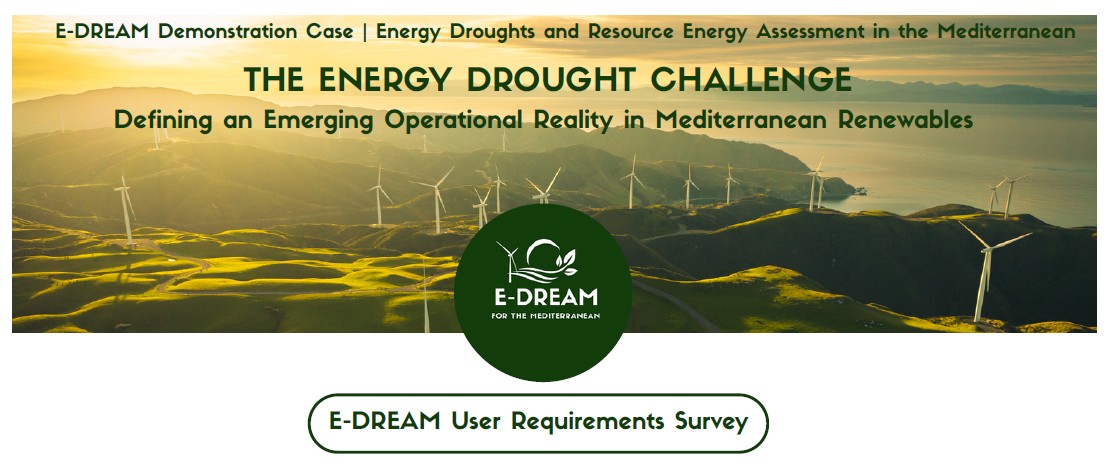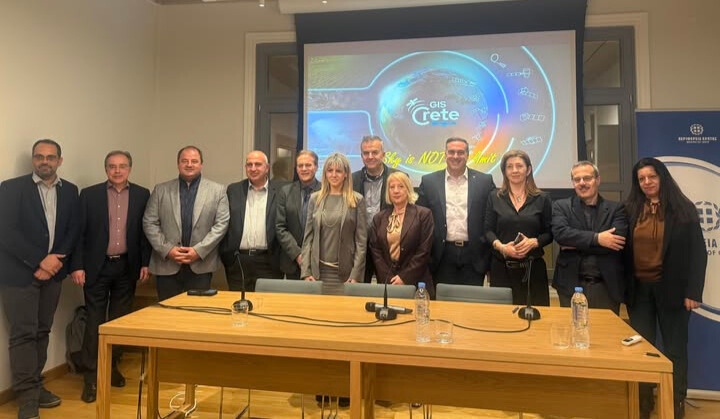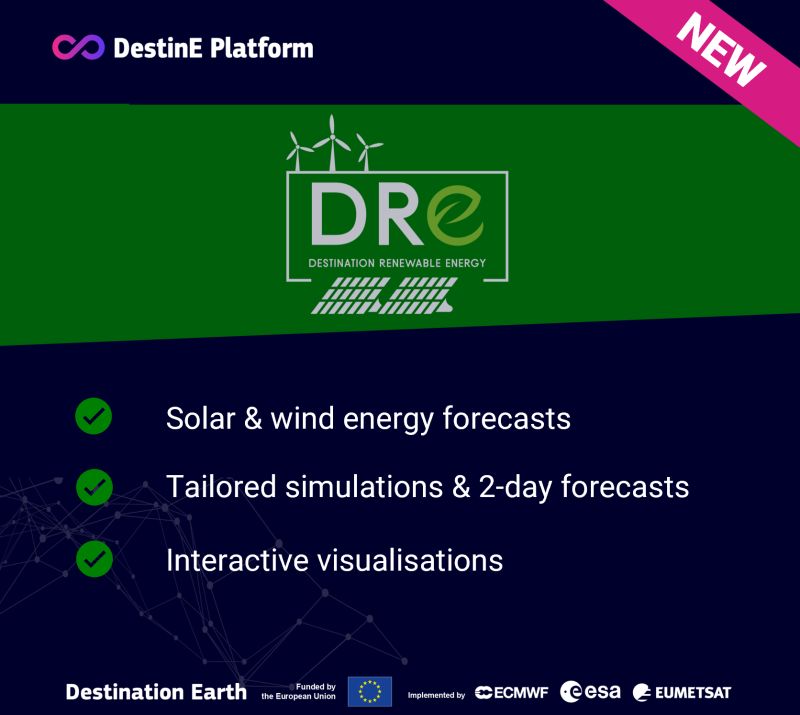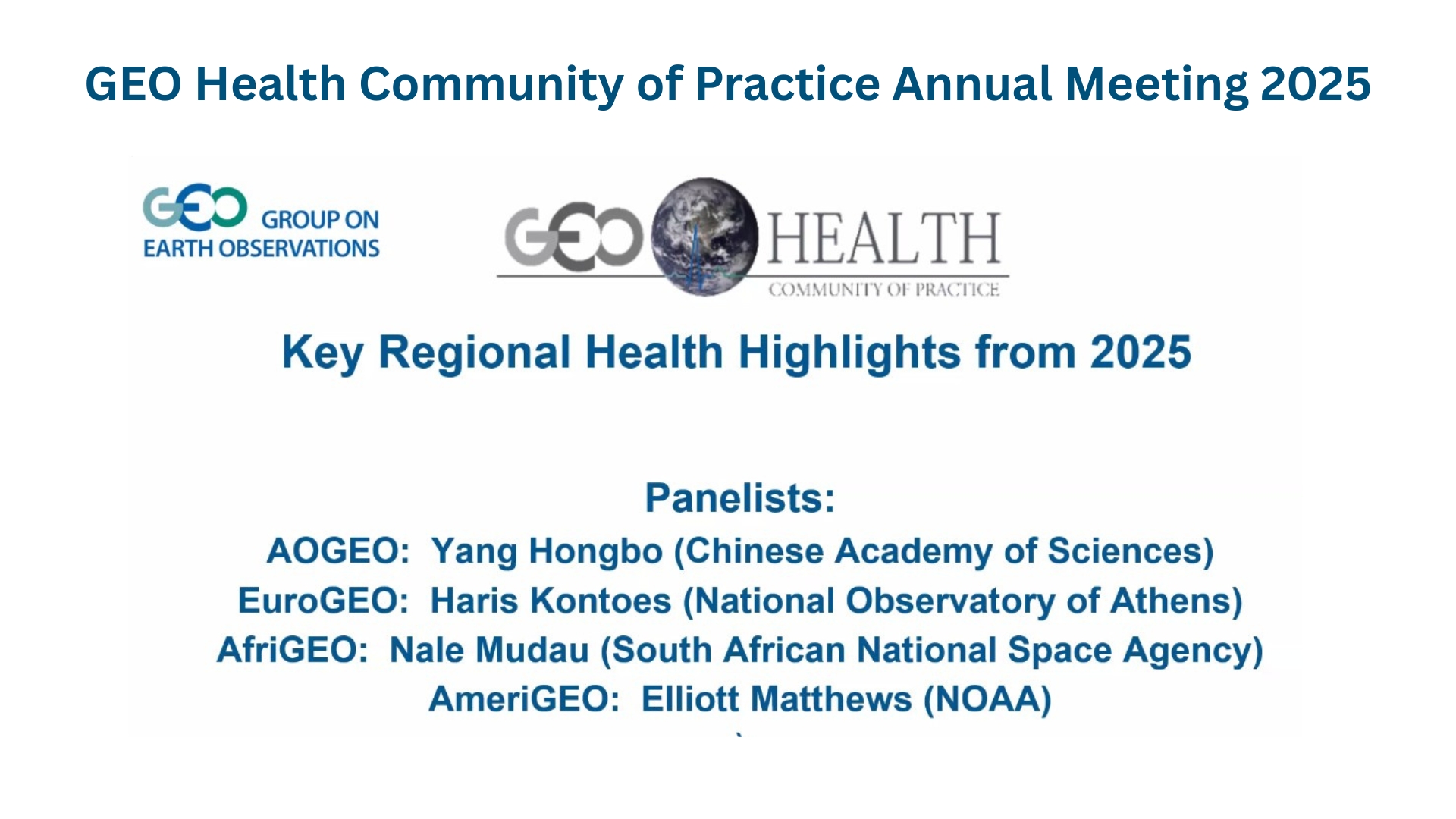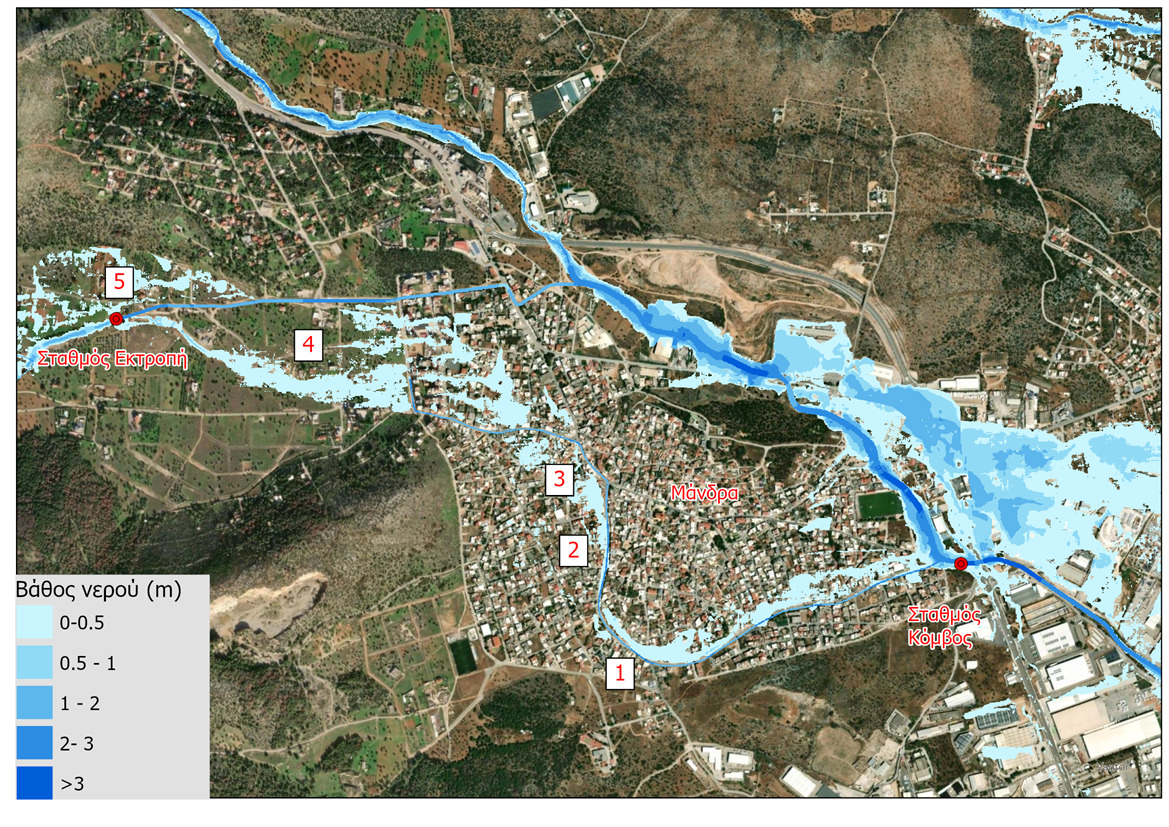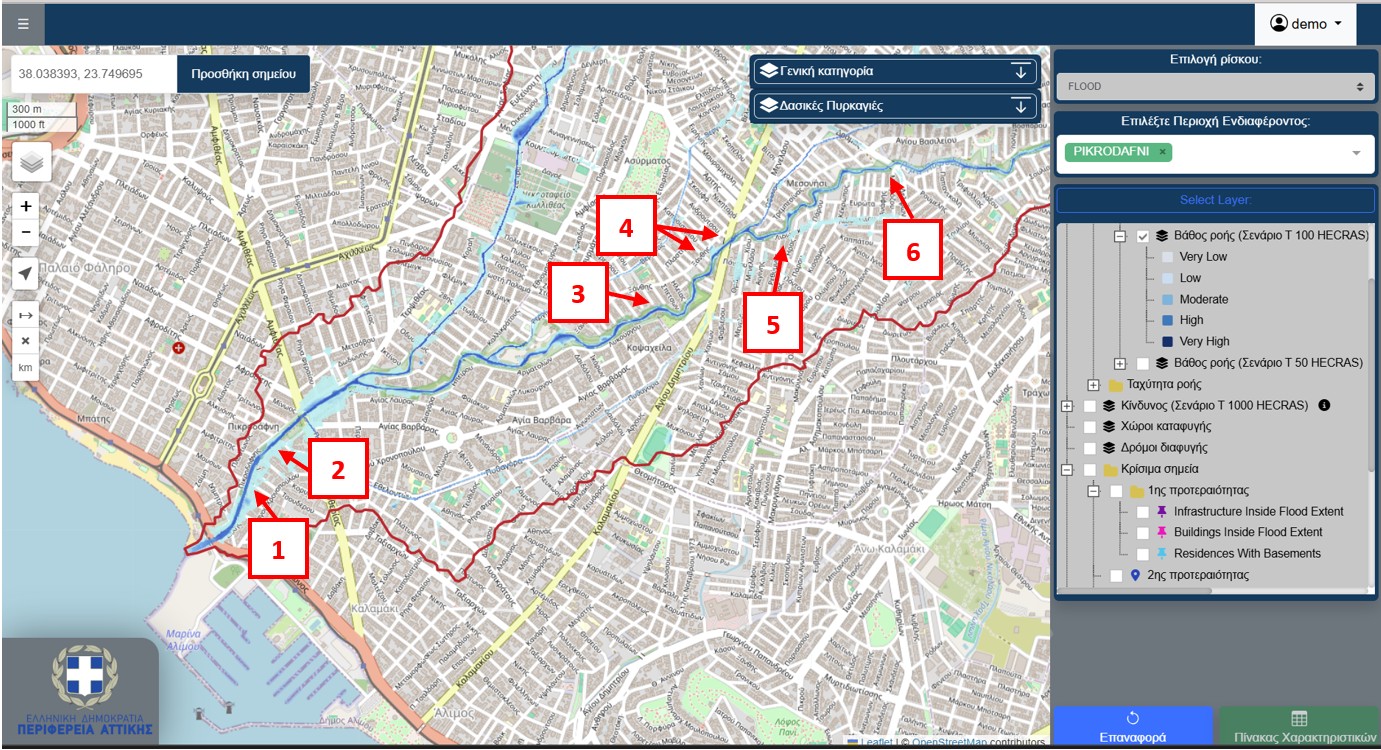
Αναφορικά με τις διαπιστωμένες ζημιές κατά μήκος του ρέματος Πικροδάφνης μετά την έντονη βροχόπτωση στις 24/12/2025, η Επιχειρησιακή Μονάδα «Κέντρο Επιστημών Παρατήρησης της Γης και Δορυφορικής Τηλεπισκόπησης BEYOND» του Ινστιτούτου Αστρονομίας, Αστροφυσικής, Διαστημικών Εφαρμογών & Τηλεπισκόπησης (ΙΑΑΔΕΤ) του Εθνικού Αστεροσκοπείου Αθηνών (ΕΑΑ) εκπόνησε αναφορά στην οποία αναφέρονται λεπτομερώς οι προβλέψεις και ταυτίσεις των σημείων που επλήγησαν με αυτά που είχαν επισημανθεί στην μελέτη εκτίμησης του πλημμυρικού κινδύνου που υλοποιήθηκε στο πλαίσιο της προγραμματικής σύμβασης μεταξύ του ΕΑΑ και της Περιφέρειας Αττικής (Α’ Μέρος).
Εικόνα: Οι εκτιμώμενες πλημμυρισμένες εκτάσεις στο ρέμα Πικροδάφνης με αριθμημένες τις πληγείσες περιοχές από την έντονη βροχόπτωση στις 24/12/2025
